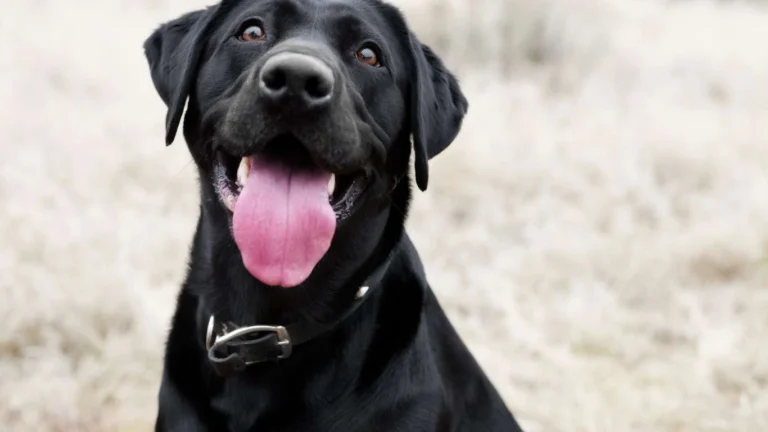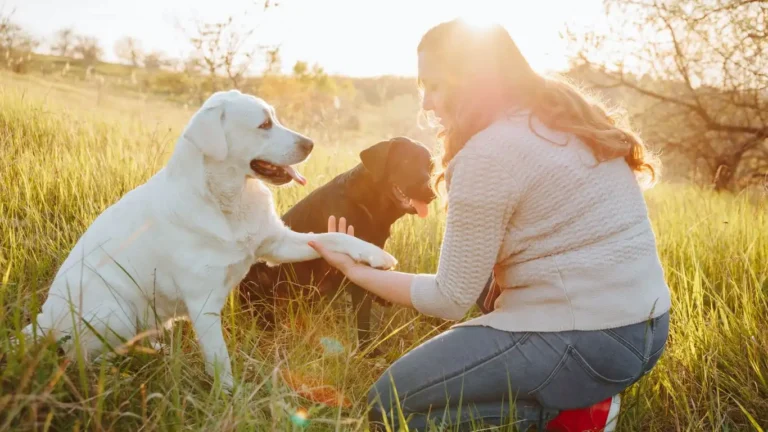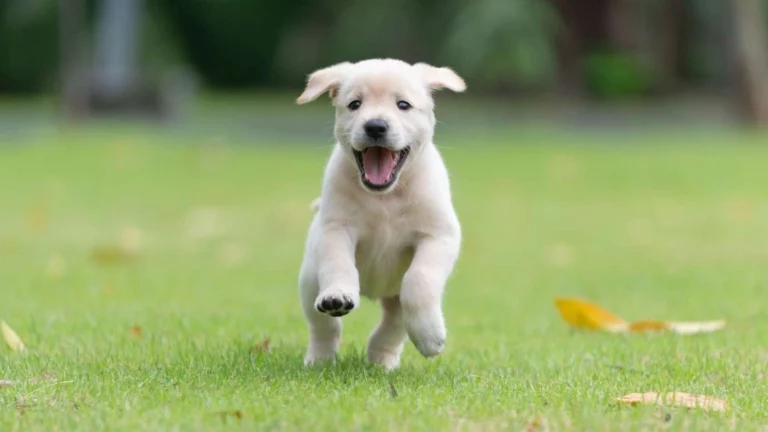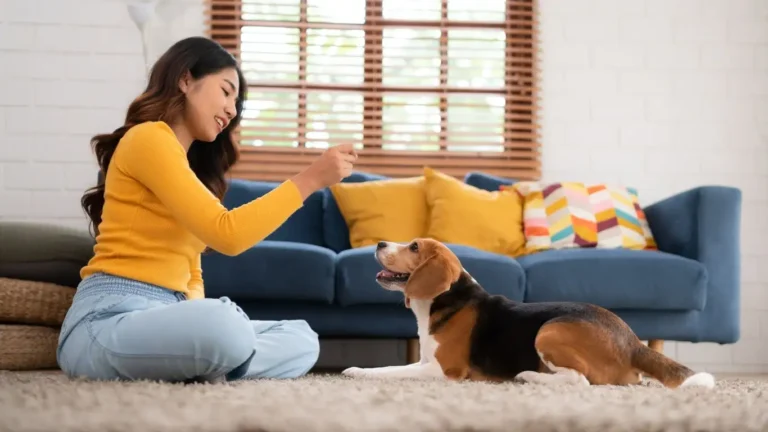The Best Way to Feed a Dog with Food Anxiety: Tips for Managing Stressful Mealtimes
If your dog is struggling with food anxiety, you’re not alone. As a pet nutritionist and expert who has worked in veterinary clinics for many years, I’ve seen how common this issue can be. Food anxiety is a condition where dogs experience stress, fear, or discomfort around mealtime, which can significantly affect their health and wellbeing. The best way to feed a dog with food anxiety is to understand its causes, recognize the signs, and take steps to create a more comfortable eating environment. In this article, I’ll guide you through the process of helping your dog feel safe and relaxed during meals, based on my experience with countless dogs in similar situations.
What is Food Anxiety in Dogs?
Food anxiety, as the name suggests, is a form of stress or discomfort that dogs experience when it comes to food. But it’s more than just being picky or fussy about their meals. When a dog is dealing with food anxiety, they might show signs of fear or anxiety before, during, or even after mealtime. This condition can manifest in different ways, from refusing to eat to gulping down food quickly or even growling when approached during eating.
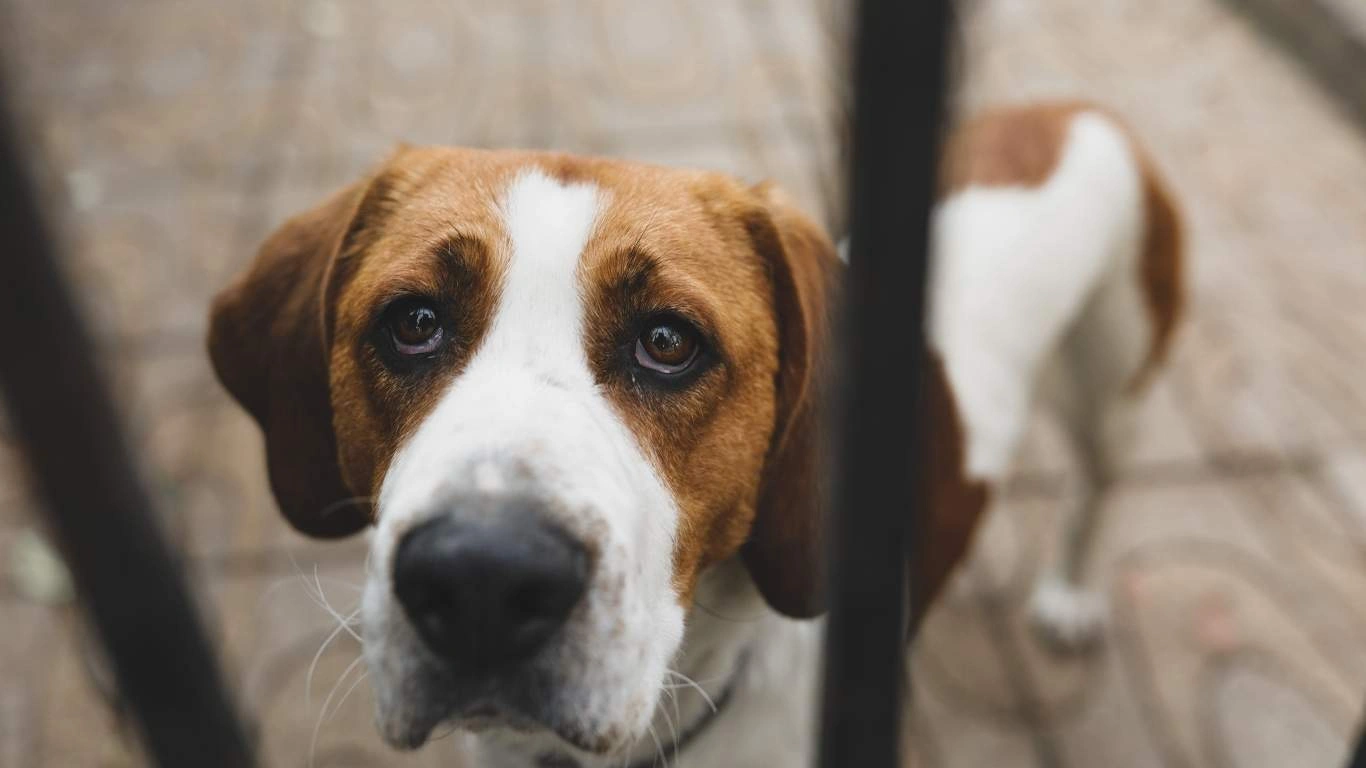
As a pet care professional, I’ve seen food anxiety in many forms. Some dogs become overly protective of their food, while others may avoid eating altogether, causing them to lose weight or become malnourished. Understanding the root cause of your dog’s anxiety is crucial to addressing the issue effectively.
Signs of Food Anxiety in Dogs
So, how can you tell if your dog is suffering from food anxiety? Here are some common signs to look for:
- Refusing to Eat: If your dog suddenly stops eating or seems hesitant to eat, it could be due to food anxiety. This is often one of the first signs pet owners notice.
- Eating Too Quickly: Some dogs with food anxiety may eat their meals in a rush, almost as if they’re trying to get it over with as fast as possible.
- Guarding Food: Growling or snapping when someone gets too close to their food is a clear sign of food anxiety. Your dog may be protective of their food, fearing it might be taken away.
- Change in Behavior: If your dog becomes more agitated, restless, or even aggressive around mealtime, it’s important to pay attention.
- Pacing or Drooling: Some dogs will pace or drool excessively when they’re anxious about food, especially if they’re anticipating a meal but unsure of when it will arrive.
While these signs can sometimes be attributed to other health issues, food anxiety should always be considered as a possibility, especially if they appear consistently around mealtimes.
The Best Way to Feed a Dog with Food Anxiety: Creating a Calm Mealtime Environment
Now that we’ve identified some common signs of food anxiety, let’s talk about the best way to feed a dog with food anxiety. The key is to make mealtime a more enjoyable and less stressful experience for your dog. This can involve some changes to your feeding routine, but with a little patience and effort, you can help your dog feel more at ease.
1. Establish a Consistent Routine
One of the most important things you can do for a dog with food anxiety is to create a consistent feeding schedule. Dogs thrive on routine, and knowing when to expect food can help reduce anxiety. If your dog is unsure of when their next meal will be, it may heighten their anxiety.
Try to feed your dog at the same time each day, and ensure the feeding area is quiet and free from distractions. This predictability helps your dog feel more secure and less stressed around mealtime.
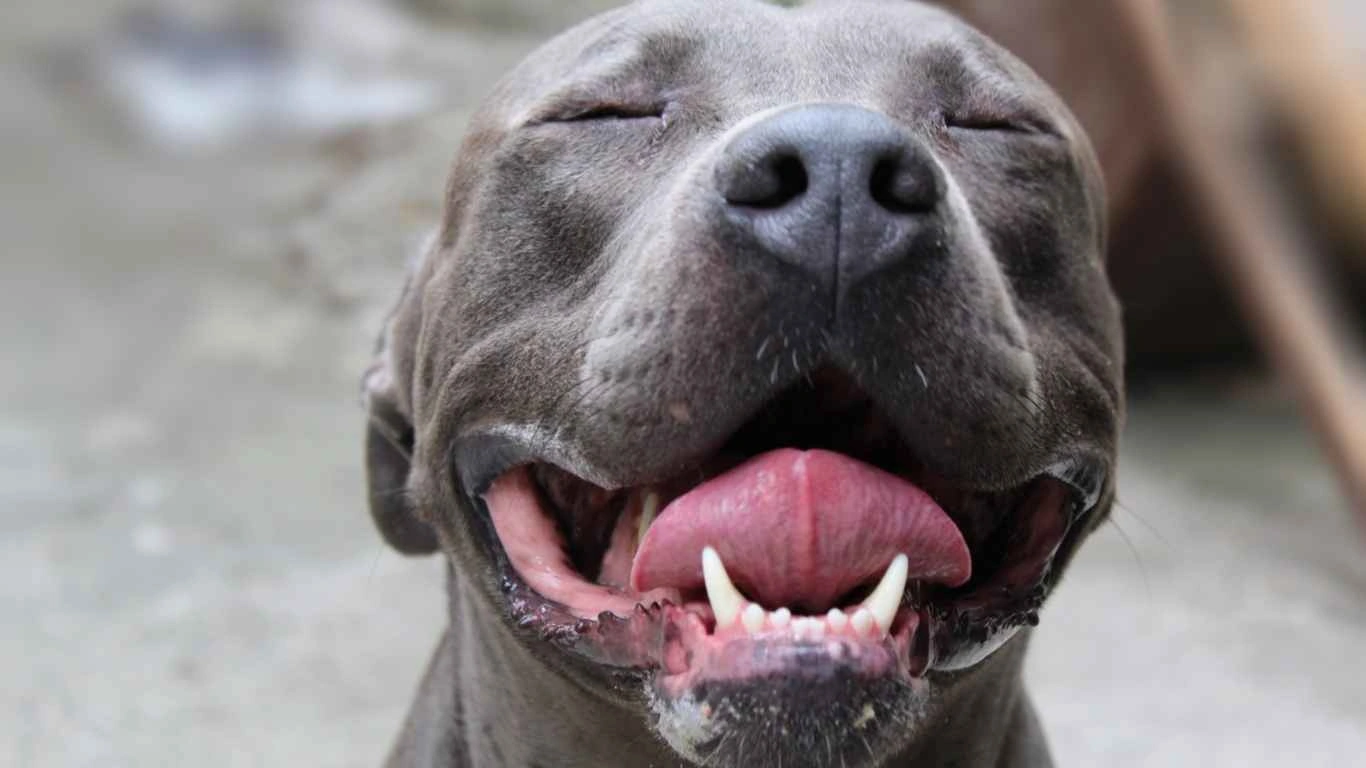
2. Use Positive Reinforcement
When it comes to feeding a dog with food anxiety, positive reinforcement is key. Avoid scolding or punishing your dog if they don’t eat or seem anxious. Instead, encourage calm behavior by offering praise, treats, or a calm voice when your dog approaches their food bowl.
Sometimes, I recommend using a treat puzzle or slow feeder bowls for dogs who eat too quickly. This can help distract them from the anxiety of eating, allowing them to focus on the puzzle and make mealtime a more engaging and relaxing experience. Plus, it can slow down their eating pace, which can prevent indigestion.
3. Create a Safe Eating Space
Another crucial part of the process is ensuring your dog’s feeding area is comfortable and free from stressors. If there are other pets in the household, try feeding your anxious dog in a separate room where they won’t feel threatened or have to compete for food. Some dogs with food anxiety may feel more relaxed when they have their own space.
A quiet, calm environment is essential. You might also want to consider using calming products, such as pheromone diffusers, or playing soft, calming music to help create a soothing atmosphere for your dog.
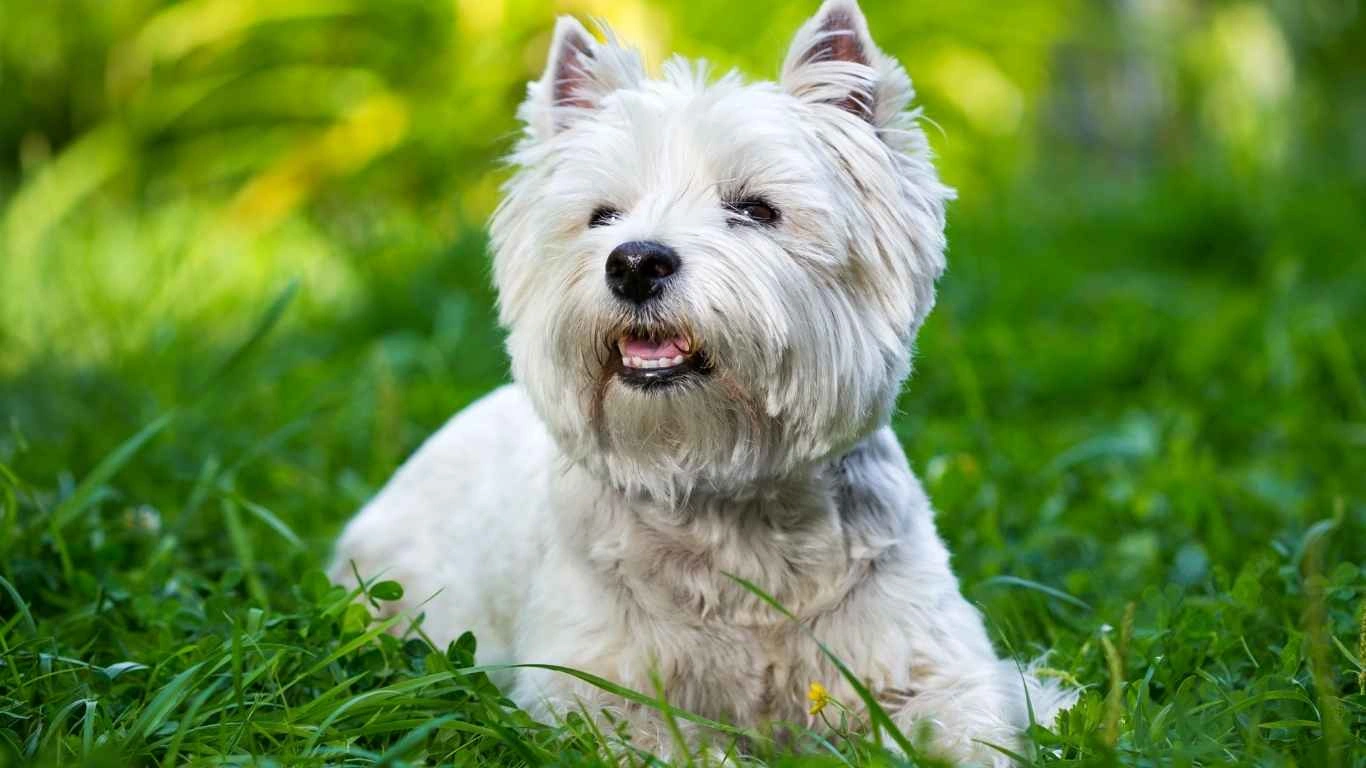
4. Gradual Desensitization to Food Anxiety
For dogs with severe food anxiety, gradual desensitization may be necessary. This process involves slowly exposing your dog to food in a controlled, non-threatening way. Start by simply placing the food bowl in front of them without any pressure to eat. Let your dog approach the food on their own terms, rewarding calm behavior with praise and treats.
Over time, you can increase the amount of time the bowl is present or encourage your dog to eat by gently prompting them. The goal is to build positive associations with mealtime without forcing your dog into a situation where they feel overwhelmed.
By using these strategies, you’ll be well on your way to helping your dog overcome their food anxiety. In the next section, we’ll dive deeper into the role nutrition plays in managing food anxiety and what types of diets may help anxious dogs.
Understanding the Role of Nutrition in Food Anxiety
When it comes to managing food anxiety in dogs, it’s not just about the environment and routine — the type of food you’re feeding your dog can play a significant role in how they feel about mealtime. As a pet nutritionist, I’ve worked with many pet owners who were surprised to learn that what goes into their dog’s bowl can either help alleviate or exacerbate food anxiety. In this section, we’ll dive deeper into the nutritional factors that could be contributing to your dog’s anxiety and how to select the right food to support their mental and emotional well-being.
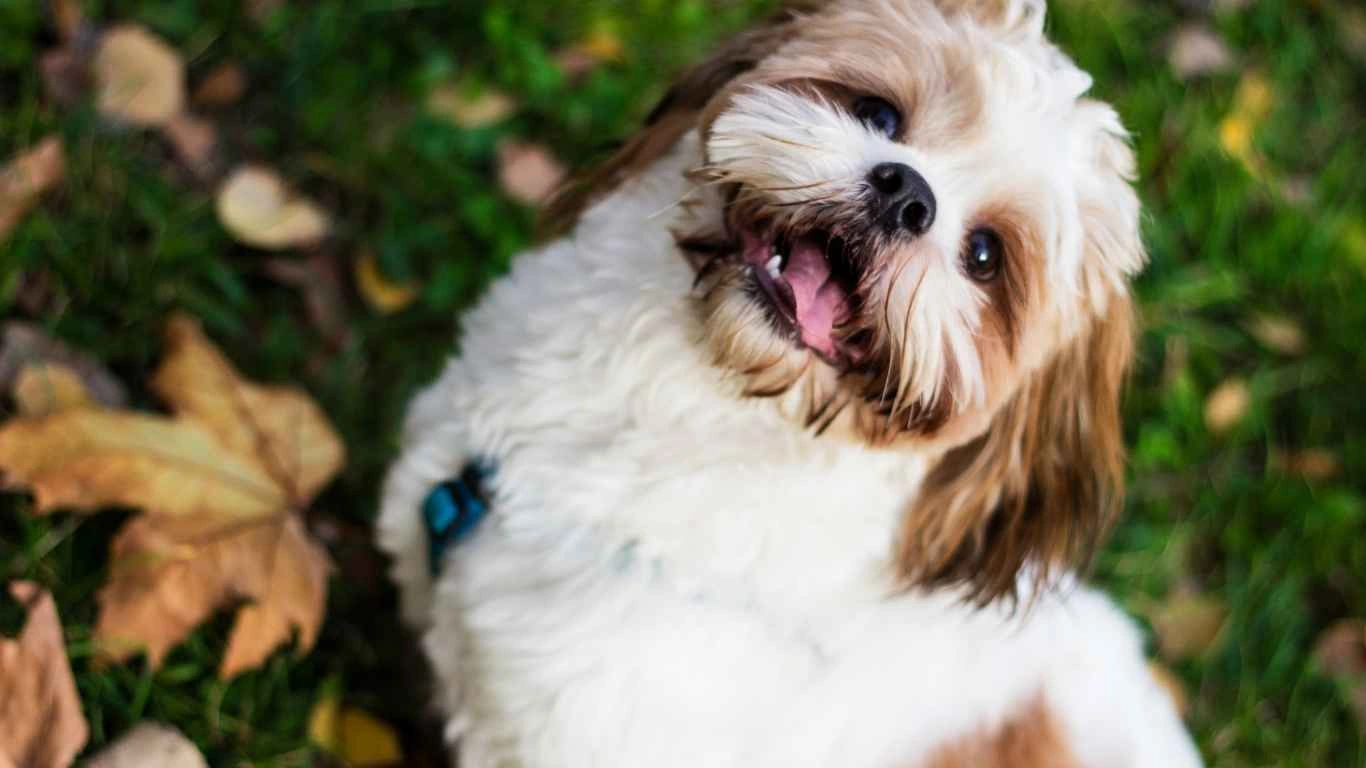
1. High-Quality Protein for Stress Relief
One of the first things I always recommend to pet owners dealing with food anxiety is to ensure their dog’s diet includes high-quality protein. Protein plays an essential role in brain chemistry, particularly in the production of neurotransmitters that help regulate mood and stress. Low-quality food with poor protein sources can contribute to imbalanced hormones, which can, in turn, increase anxiety levels.
From my experience, I’ve seen that dogs who are fed well-balanced meals with high-quality proteins like chicken, beef, or turkey tend to exhibit more balanced behaviors. They’re less likely to experience mood swings, and they’re more able to cope with stressful situations, including mealtime. It’s important to choose a food that lists a high-quality protein source as the first ingredient rather than fillers like corn or soy, which are less nutritious and can contribute to digestive discomfort.
2. The Role of Omega Fatty Acids
Another key nutrient I’ve noticed that helps dogs with food anxiety is omega fatty acids. These are found in fish oils, flaxseed, and even certain plant oils. Omega-3s, in particular, have been shown to reduce inflammation in the brain, which can help lower stress and anxiety levels. Not only do omega fatty acids support brain health, but they also promote a shiny coat and healthy skin, which is a bonus!
One of my go-to recommendations is incorporating fish oil supplements or foods with omega-3s into a dog’s diet. I’ve seen firsthand how these healthy fats can help dogs stay calmer and more focused, reducing the anxiety that might otherwise arise around food. If you’re not sure about how to include these nutrients, I recommend checking with your vet or nutritionist to find the best omega-rich food or supplement for your dog.
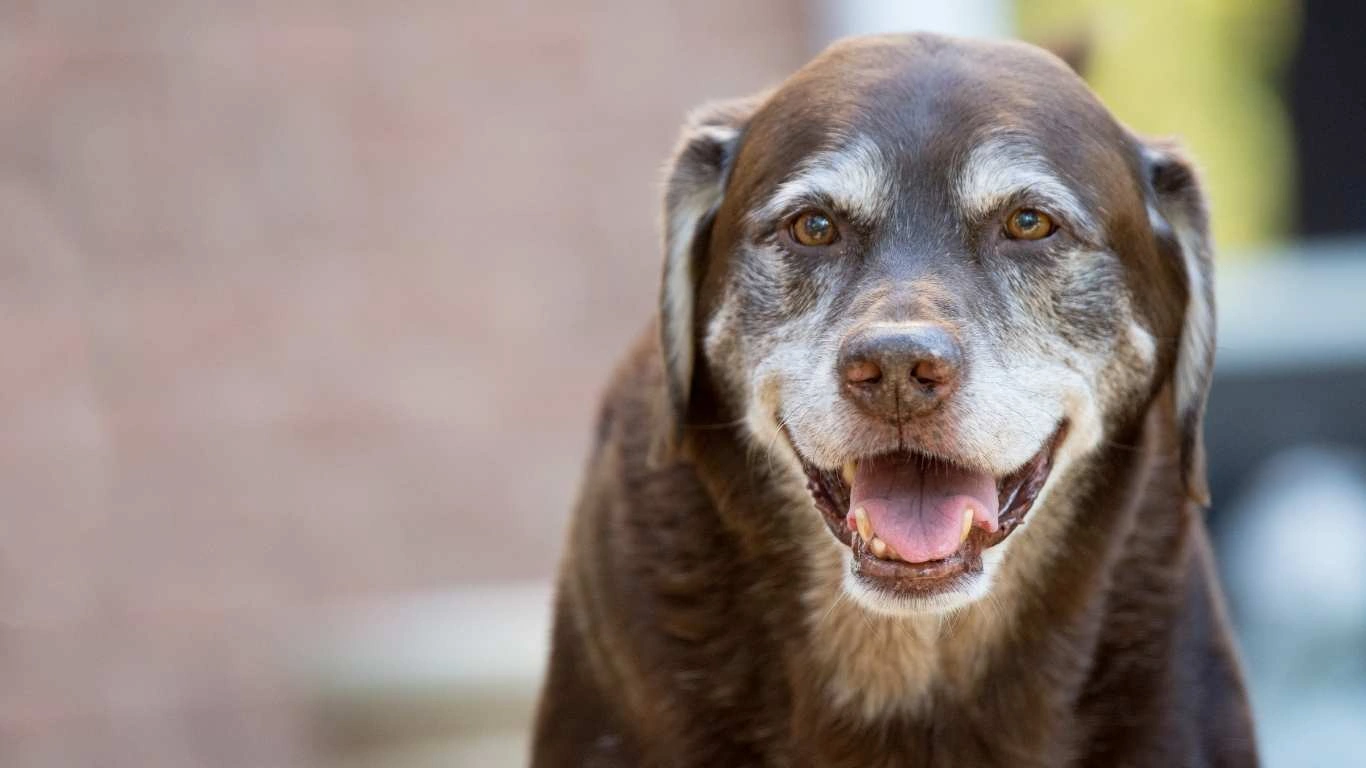
3. Low Glycemic Foods to Avoid Blood Sugar Spikes
Did you know that blood sugar fluctuations can cause anxiety in dogs, just like they can in humans? Dogs with food anxiety may be more sensitive to these changes, especially if their food causes rapid blood sugar spikes and crashes. High-glycemic foods like those loaded with sugars or simple carbohydrates can make anxiety worse, making it harder for your dog to remain calm during mealtime.
As someone who works with pet owners in a clinical setting, I often recommend opting for foods with a low glycemic index. These foods help maintain stable blood sugar levels, which can make a big difference in how anxious your dog feels. For example, whole grains like sweet potatoes, brown rice, and quinoa are excellent sources of complex carbohydrates that release energy slowly and help stabilize blood sugar levels throughout the day.
How Meal Timing Can Affect Food Anxiety
Aside from what you’re feeding your dog, when you feed them can also influence their anxiety levels. Dogs with food anxiety may not just struggle with the act of eating — they could also feel stress around the *timing* of meals. A sudden change in mealtime or inconsistent feeding schedules can add to your dog’s anxiety. Dogs thrive on routine, and knowing exactly when they will be fed can help reduce their stress levels. If your dog’s mealtime is erratic or unpredictable, they might feel more anxious, not just around food but about their daily routine in general.
4. Stick to a Predictable Feeding Schedule
If you haven’t already, setting a consistent feeding schedule is one of the simplest and most effective ways to reduce food anxiety. For instance, if you always feed your dog at 7 a.m. and 7 p.m., your dog will begin to associate those times with food, helping them feel more secure. The key here is consistency — dogs find comfort in knowing when they can expect their next meal, and sticking to a set routine builds trust and reduces anxiety.
In my own practice, I’ve had clients who were able to make a significant improvement in their dog’s anxiety levels just by introducing a consistent feeding time. This helped their dog feel less uncertain about mealtime and more relaxed overall. It’s all about creating that sense of stability and reassurance.
5. Slow Feeding Techniques for Anxious Eaters
Some dogs, particularly those with food anxiety, may eat their meals too quickly. This can be a result of stress or a learned behavior from being in an environment where they had to “fight” for food. Eating too fast can lead to digestive issues like bloating and even more anxiety, which only makes the situation worse. Fortunately, there are several techniques that can help manage this.
One method I recommend is using a slow feeder bowl. These bowls are designed with ridges or compartments that make it more difficult for dogs to gulp down their food quickly. I’ve had a lot of success with this approach. Not only does it slow down their eating, but it also helps them focus on the meal itself, rather than the anxiety surrounding it. Over time, this can lead to a more relaxed, enjoyable eating experience for your dog.
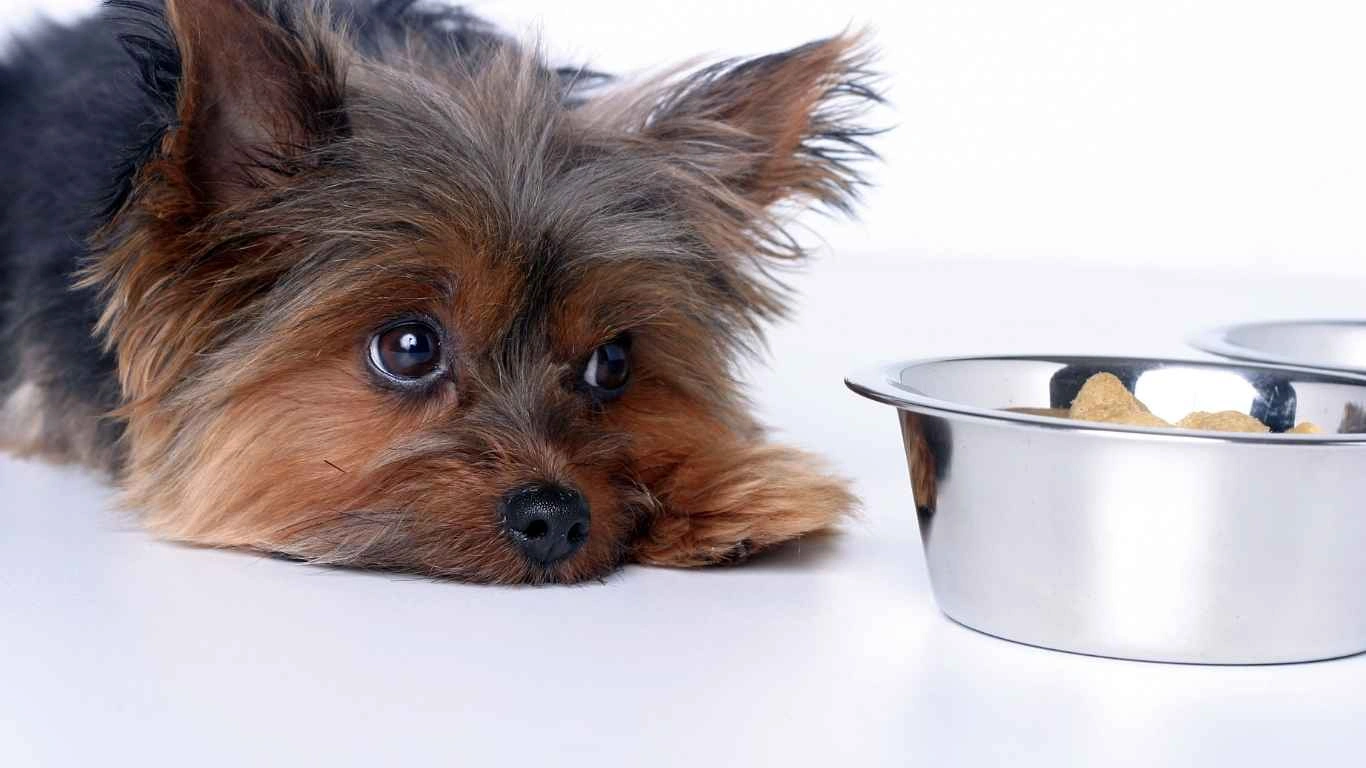
How Supplements Can Help Manage Food Anxiety
If you’ve tried the dietary and environmental changes, and you’re still struggling with your dog’s food anxiety, it might be time to consider supplements. There are several natural supplements that can help calm an anxious dog, making mealtime a little easier. Some of the most effective supplements include:
- CBD Oil: Many pet owners have found that CBD oil can help calm their dog’s nerves. It’s a natural, non-psychoactive compound derived from hemp that can promote relaxation without sedation.
- L-Theanine: This amino acid is commonly found in tea and is known for its calming effects. Some dog supplements contain L-theanine to help reduce anxiety and promote calm behavior.
- Valerian Root: This natural herb has been shown to help with anxiety in both humans and dogs. It works as a mild sedative to promote relaxation.
Before introducing any new supplements, I recommend discussing them with your vet to make sure they are safe for your dog’s specific needs.
With the right combination of nutrition, routine, and perhaps a little extra help from supplements, managing food anxiety in dogs can become a much more manageable task. In the next section, we’ll explore some behavior modifications that can further reduce your dog’s stress and help them feel more comfortable during mealtime.
Behavioral Strategies to Reduce Food Anxiety in Dogs
At this point in the journey, we’ve covered how diet, routine, and supplements can play a big part in reducing food anxiety in dogs. But there’s one more essential piece of the puzzle: behavioral strategies. In my years as a pet nutritionist, I’ve seen firsthand how behavior modifications can work wonders when it comes to helping dogs manage their anxiety. The right behavioral strategies can help build trust, reduce stress, and create a positive association with mealtime. Let’s explore some simple, yet effective techniques to help ease your dog’s food anxiety.
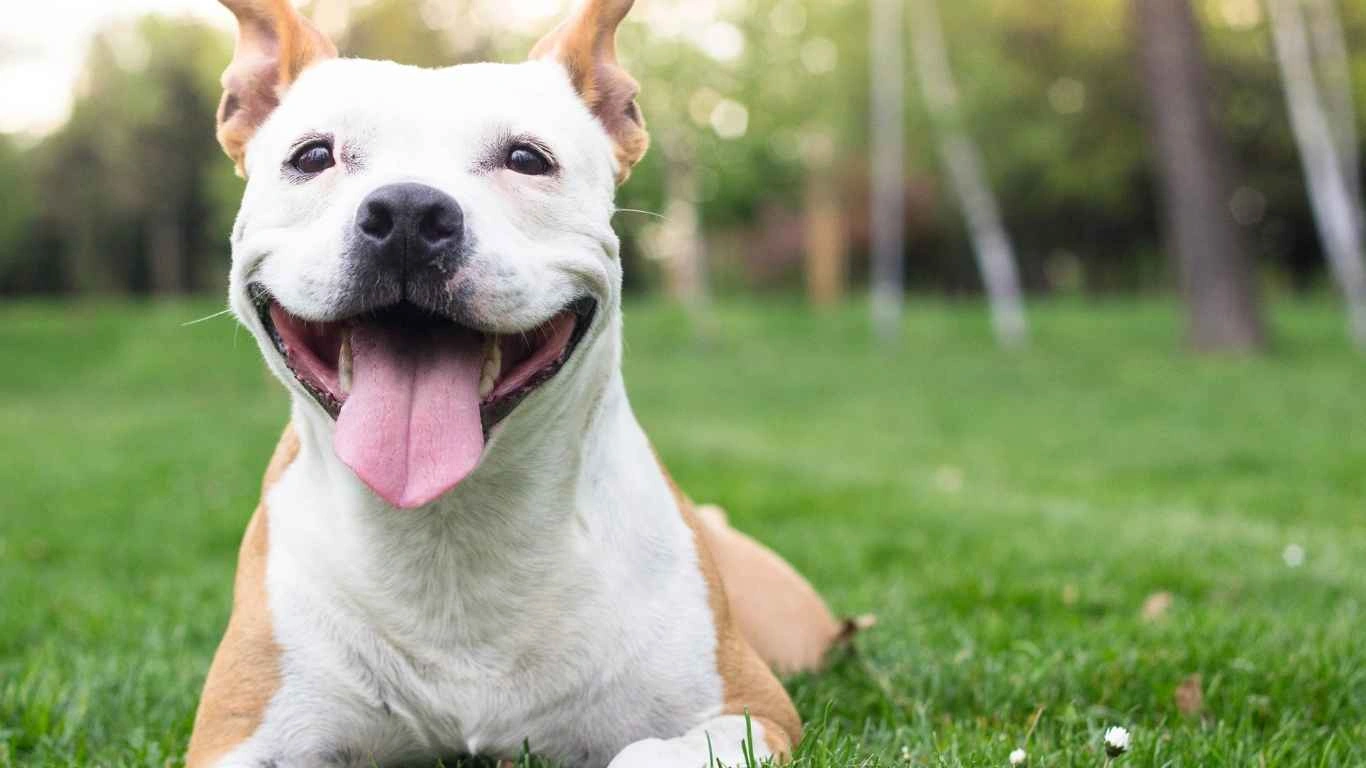
1. Positive Association with Food
One of the most powerful tools in tackling food anxiety is creating positive associations with food. In my practice, I often tell pet owners that the key to reducing food anxiety is to make food a *rewarding* experience, rather than something to be feared. If your dog is nervous around their food, it might take a little time and patience, but you can start by associating food with something enjoyable.
Try offering your dog their meal after a fun play session or a calm walk. The goal is to create a connection in your dog’s mind between food and something they love. You could also try hand-feeding your dog or offering treats at various points during the day. Positive reinforcement like this helps them view food as something to look forward to, not something to fear.
2. Slow Desensitization to Food Anxiety Triggers
For dogs that are particularly fearful around food, a gradual desensitization approach can be incredibly helpful. This involves slowly exposing your dog to situations that make them anxious but at a pace they can handle. For example, if your dog becomes stressed when you approach their food bowl, you can start by simply sitting near the bowl and rewarding calm behavior with praise or treats. The idea is to help your dog associate the presence of the bowl — and even your presence near it — with positive experiences.
This process can take time, so don’t rush it. Start slowly and keep each session short to prevent overwhelming your dog. Over time, as they become more comfortable with your presence around their food, their anxiety levels should begin to decrease.
3. Create a Calm, Stress-Free Mealtime Ritual
As I’ve mentioned before, a calm, predictable mealtime routine can do wonders for a dog with food anxiety. One technique that has been especially effective for many of my clients is incorporating calming rituals before and during mealtime. This could mean taking a few minutes to settle your dog in a quiet, safe area before presenting their food. You might even incorporate a calming word or phrase, like “dinner time,” in a gentle, reassuring tone. Consistency is key here, so be sure to follow the same routine every day.
For some dogs, adding a calming scent can also make a big difference. Consider using pheromone diffusers in the room where your dog eats, or gently pet your dog with a calming massage before feeding them. These small rituals can help your dog associate mealtime with comfort and security.
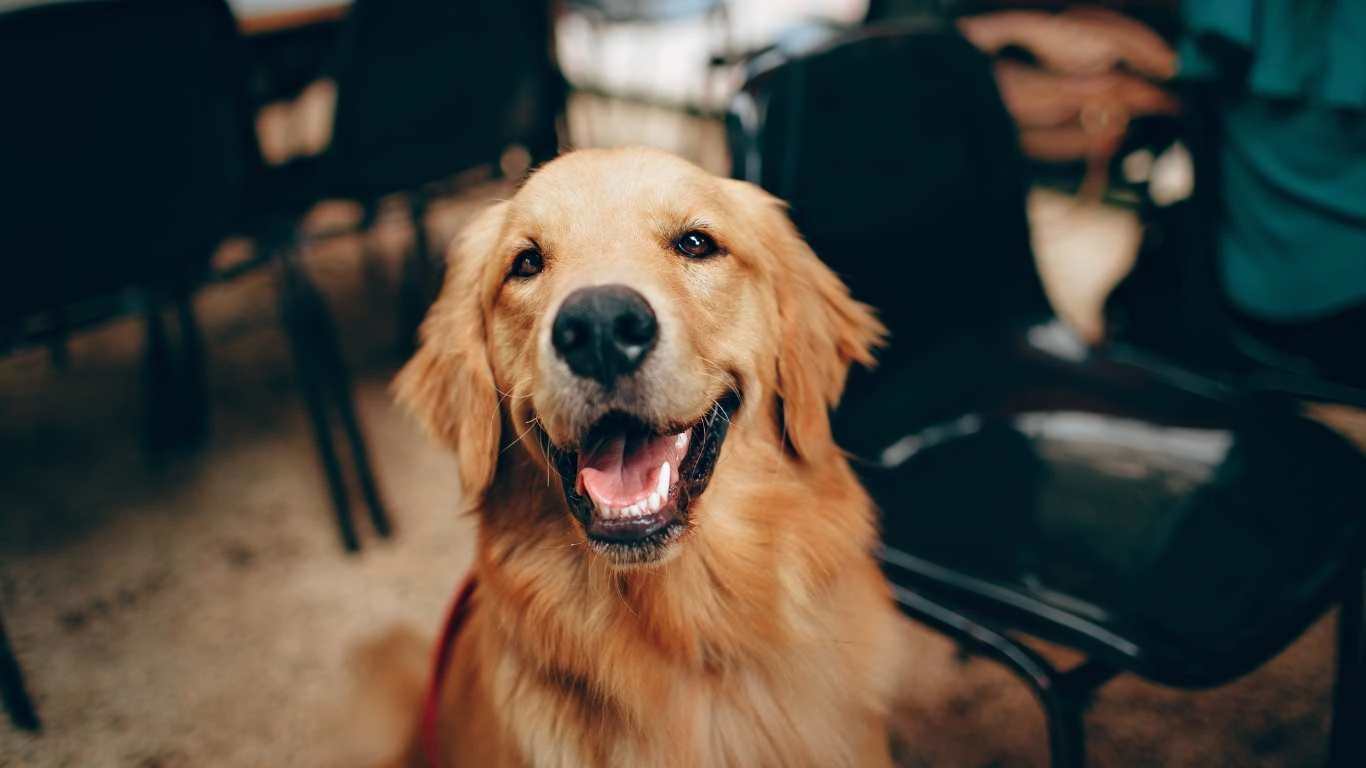
4. Training Exercises to Alleviate Food Anxiety
Training your dog to remain calm during mealtime is a great way to reduce food anxiety. It’s important to remember that dogs are highly trainable, and using positive reinforcement during training sessions can help redirect their anxiety into calm, focused behavior. Start by teaching your dog a basic command like “sit” or “stay” before presenting their food. Gradually build up their tolerance to waiting calmly for their food by rewarding them with treats and praise when they remain relaxed.
Some of my clients have had great success with “food restraint” training, which teaches dogs to remain calm and in control while waiting for food. Begin by presenting the food bowl but only allowing your dog to approach it after a few seconds of calm behavior. Gradually increase the time your dog waits for food, rewarding them for good behavior. This can help reduce the frantic behavior that often comes with food anxiety.
When to Seek Professional Help for Food Anxiety
While the strategies we’ve discussed can certainly help manage food anxiety in many dogs, it’s important to recognize that in some cases, the issue may be more severe and require professional intervention. If your dog’s food anxiety is persistent and doesn’t improve with the changes you’ve implemented, it might be time to seek the help of a professional trainer or a veterinary behaviorist.
Professional trainers can assess your dog’s behavior and help create a customized training plan. Veterinary behaviorists can also provide support, especially if there are underlying medical issues contributing to your dog’s anxiety. In some cases, medication may be recommended in conjunction with behavior therapy to help manage anxiety in the long term.
Signs You Should Consult a Professional
- If your dog’s food anxiety is causing significant weight loss or malnutrition.
- If your dog exhibits aggressive behaviors when it comes to food.
- If their anxiety is so severe that it impacts their overall well-being or quality of life.
- If self-help techniques and behavioral strategies don’t seem to be working.
Don’t hesitate to reach out to a professional if you notice these signs. The earlier you address the issue, the sooner your dog will be able to feel comfortable and secure around mealtime again.
Disclaimer
As a pet nutritionist, I have years of experience in helping dogs with food anxiety, but it’s important to note that every dog is unique. What works for one dog may not work for another, and it’s always a good idea to consult your veterinarian or a professional behaviorist before making significant changes to your dog’s routine or diet. The advice shared here is based on general principles and should not replace personalized medical advice. Always seek guidance from a certified professional to ensure the best care for your dog.
By following the strategies and tips shared in this article, you’re already on the path to helping your dog feel more comfortable and less anxious around mealtime. With the right approach, your dog will be on the road to recovery, and you’ll be able to create a more peaceful and enjoyable feeding experience for both of you.
